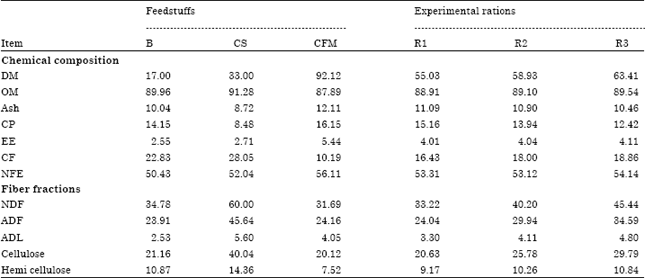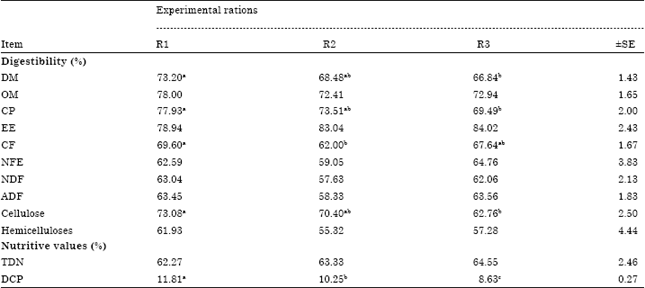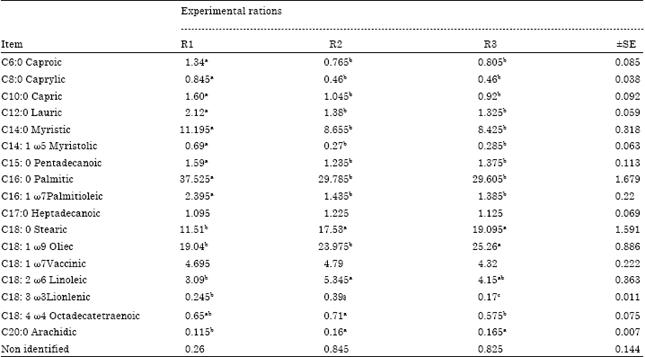Research Article
Effect of Green Forage Type on Productive Performance and Milk Composition of Lactating Egyptian Buffalo
Department of Animal Production, Faculty of Agriculture, Cairo University, 12613, Giza, Egypt
H.M. Ebeid
Dairy Animal Nutrition, Department of Dairy Science, National Research Center, Egypt














